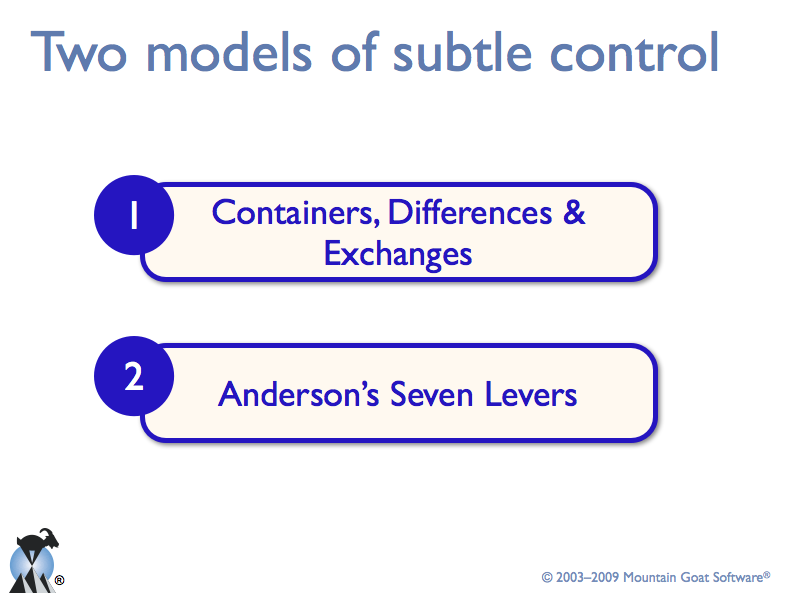Agile leaders and managers have difficulty coming to grips with their role on self-organizing teams. While some refuse to exert any influence on their teams, others rely too much on command-and-control management styles. Either extreme stymies the creativity and productivity of a self-organizing team. What you need to know is how to walk the fine line of leading a self-organizing team.
In this keynote presented at the Munich Scrum Gathering, Mike Cohn addresses whether exerting subtle control over a Scrum team is contradictory to the desire for teams to be self-organizing. Explore analogies from fields such as evolutionary biology and the study of complex adaptive systems to understand the proper ways to influence a self-organizing team. Learn seven tools for guiding the direction taken by the team as they self-organize and understand why influencing the path a team takes to solve problems is neither sneaky nor inappropriate. Leave with insight into the three factors necessary for self-organization to occur.

